I’ve been a stay-at-home mom and out of the workforce for about 15 years. Now I need a job for financial reasons. Do you have any suggestions as to how to overcome this gap in my work history?
Signed: Returning To Work (RTW)
Dear RTW
Let’s start with your resume. According to JVS Employment Counsellors, if your gap covers two or more calendar years, you need to explain this absence from the workforce.
Here are some suggestions:
1. Consider volunteer work as relevant experience.
If you volunteered in the community and/or at your kid’s school, this should be included in your resume and social media profiles. This experience is valid and you can add this in your resume under “Professional Experience” or “Experience”. Articulate the skills and qualifications that you learned and acquired in volunteering. For example, I am sure that you have been managing your home and multiple projects (programs) that involved your kids over the past few years. This could be translated into program or project management skills.
2. Volunteering.
It is always a great idea to continue volunteering in a position (if possible) or in an organization that is related to your ultimate job goal. This is a great way to keep your resume and experience fresh as well as build your professional network.
3. Gap coverage.
Create a section in your resume and LinkedIn profile entitled “Other Experience” after your “Relevant Professional Experience”. In your case, you might include phrases with the dates such as “Full-Time Parent”, “Home Management”, “Family Management”, and “Family Financial Management”.
4. Build your professional network.
Most jobs are found through contacts. Use social media and information interviews to meet successful leaders in your field. Identify the professional associations, conferences, trade magazines, organizations and events relevant to your career goal. Participate in these activities. You may even find your long lost colleagues. Try to reconnect with them on LinkedIn (or even Facebook might work for your situation).
5. Research the labour market.
You are in the same boat as a new graduate or newcomer to Canada, in the sense that you are starting a new career. Learn as much as you can about your field and profession as well as its leaders, the requirements, the shortages and the education required. You may need to requalify, recertify or learn new technical skills. Target companies where you would like to work, visit their websites, analyze the job openings and speak to as many professionals in your field as possible.



